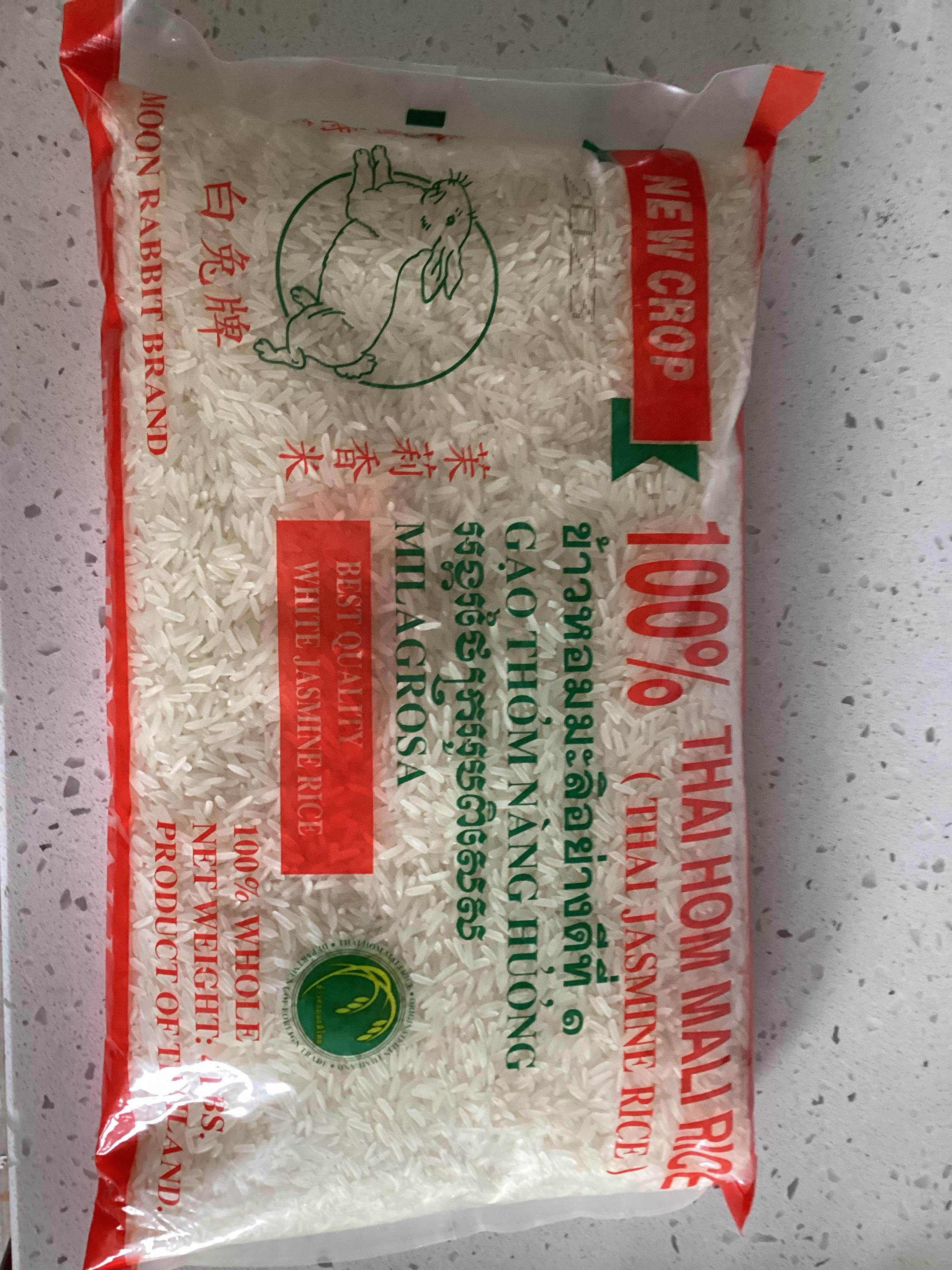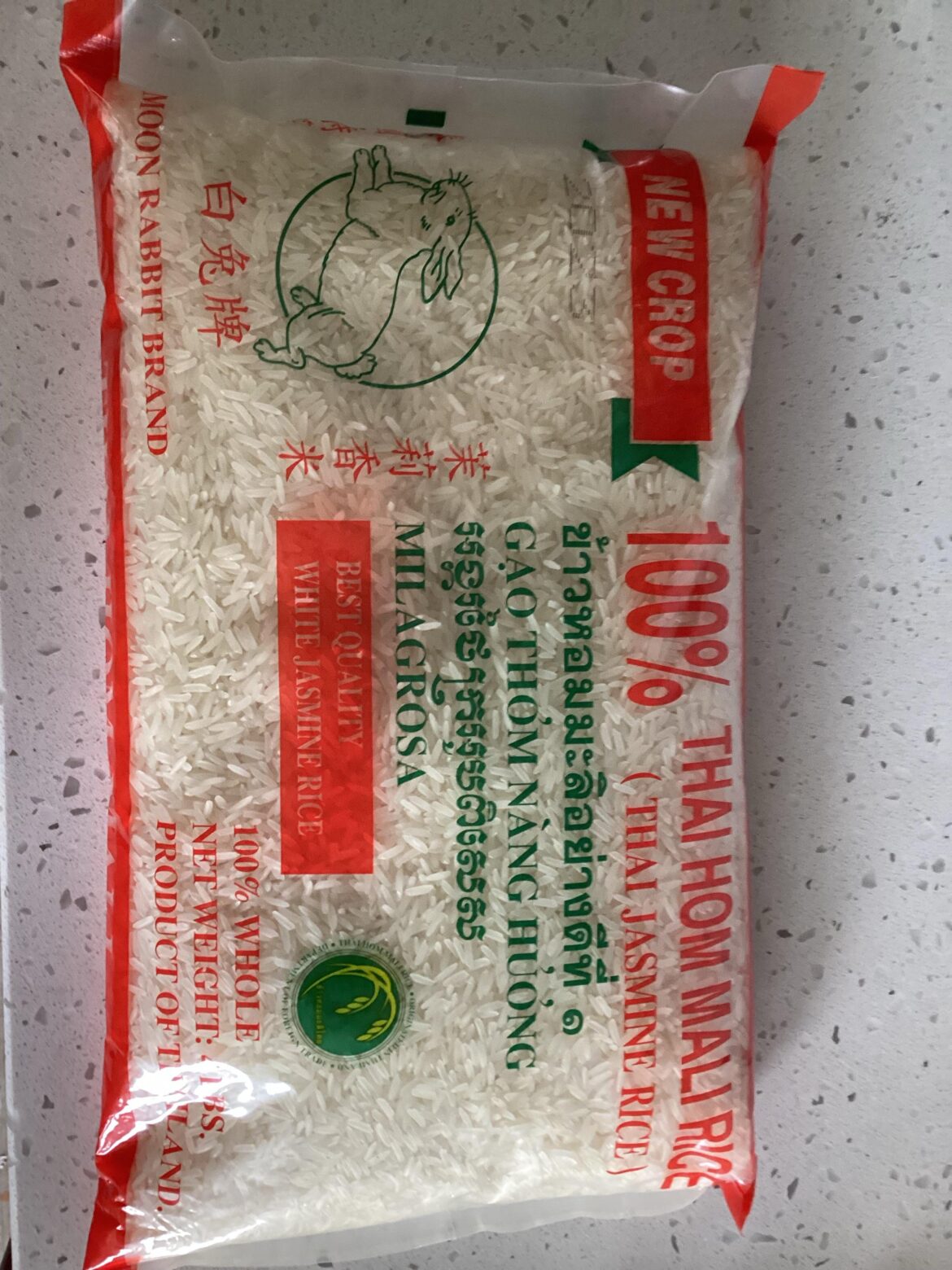
I grew up eating aged basmati rice, and that’s still the rice I use most often. However, Kenji’s book taught me more about types of rice I hadn’t tried before.
However, Kenji states in The Wok that he usually finds “new crop” rice around December. My midwestern suburb (probably low turnover in the global aisle) had this new crop rice now in June.
So, it’s still from the first crop, but perhaps been “aging” on the shelf for six months. For my first time trying Thai Jasmine rice, how do you think that might change things? Less aromatic? Less starch?
I did a deep dive on corn when Masienda’s Masa came out; I’m tempted to do the same thing here.
by Silver_Filamentary


2 Comments
Not exactly what you’re looking for, but check out [The Rice Factory](https://trf-ny.com/) for excellent quality Japanese rice. It’s stored in a climate-controlled environment, then milled when you order for optimal freshness. Their standard white and brown are always less than one year old. They have some info about it on their site. Maybe you’d be interested.
Not a science focused channel, but [Life where I’m From](https://m.youtube.com/watch?v=WXgFtZK_XxM&pp=ygUJUmljZSB0ZXN0) recently did a blind taste test of rice cookers and also quality of rice (ie new vs old vs mixed crop rice) with Japanese grandmas/grandpas and the worst quality rice was noticeable, though one of the grandpas still said it was quite good (it was actually cute because that grandpa mentioned the worst rice was amazing compared to the poor quality rice that was abundant when he was growing up as a kid; decades of genetic selection have made current rice crops pretty great in general)
But honestly, I think it’s splitting hairs and you shouldn’t worry about it. Most Asian households buy those 25-50lb bags of rice which can easily take longer than 6 months to run through, and I doubt they’d say there was any significant degradation in flavor over that period of time